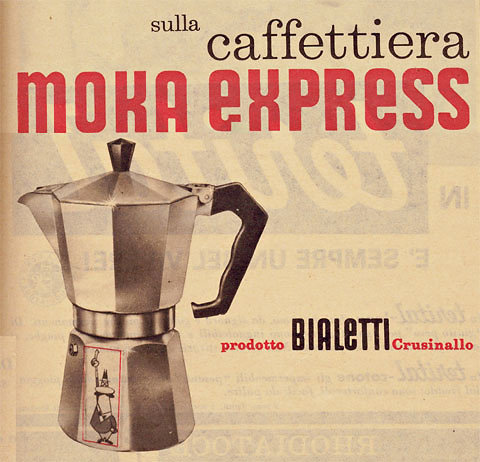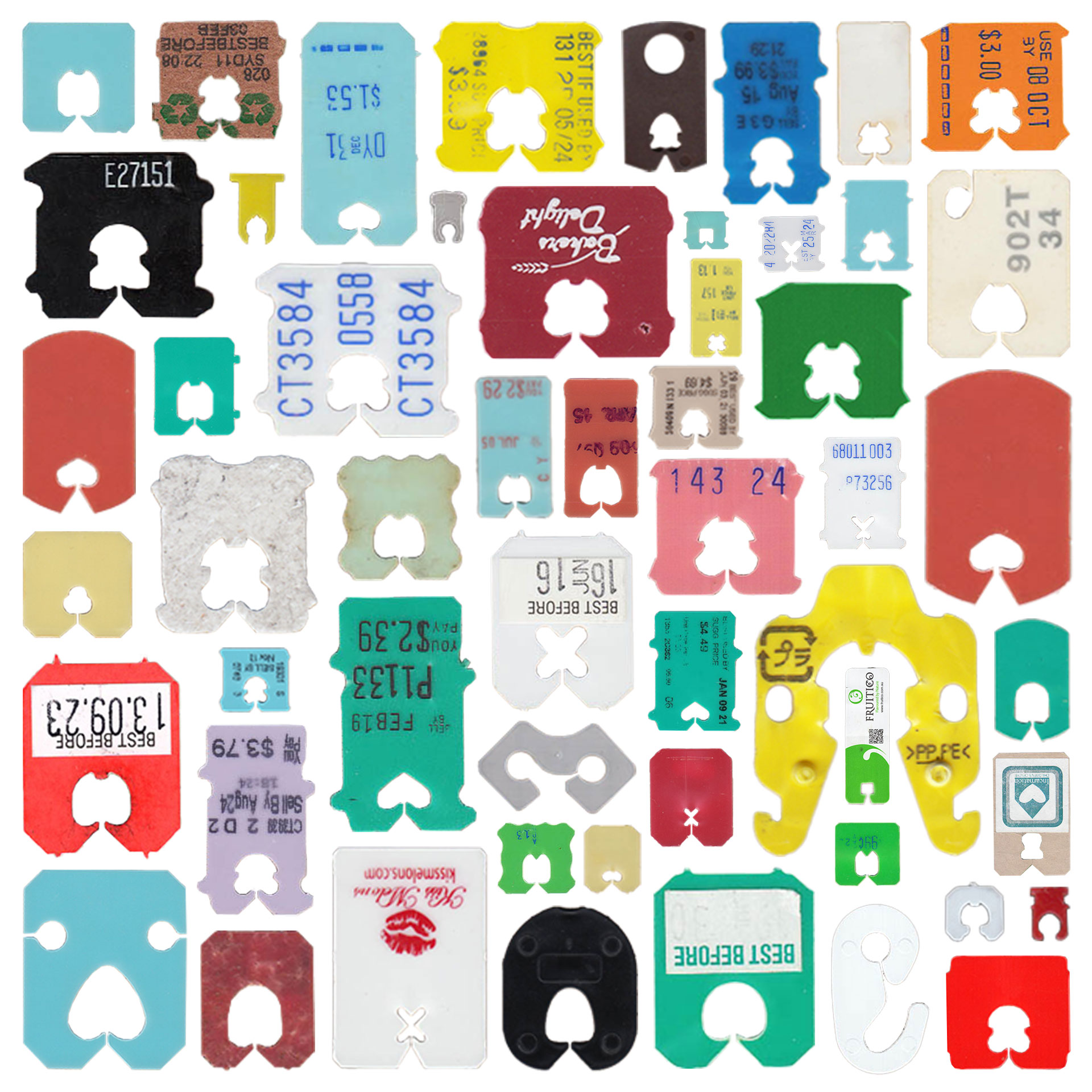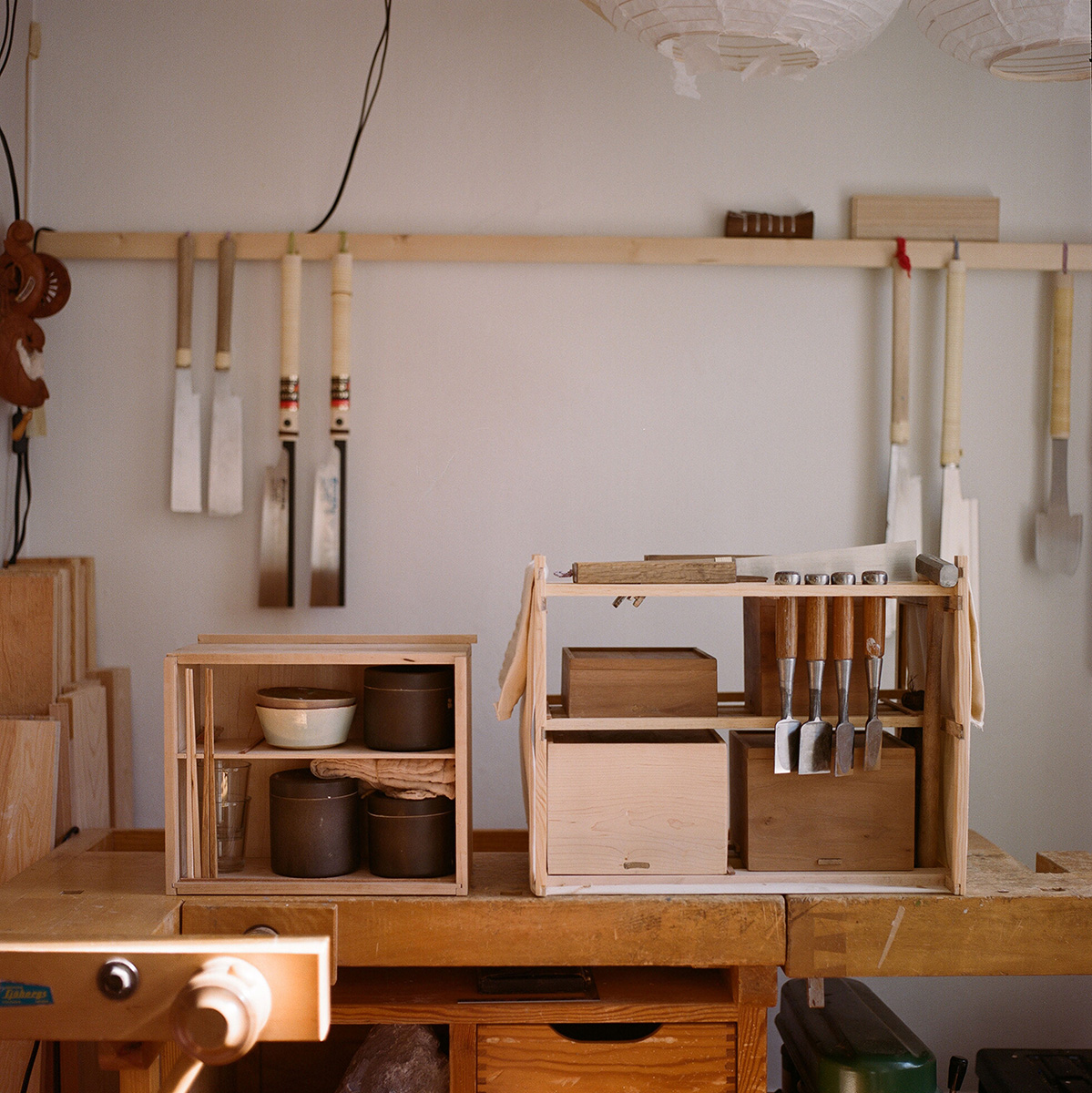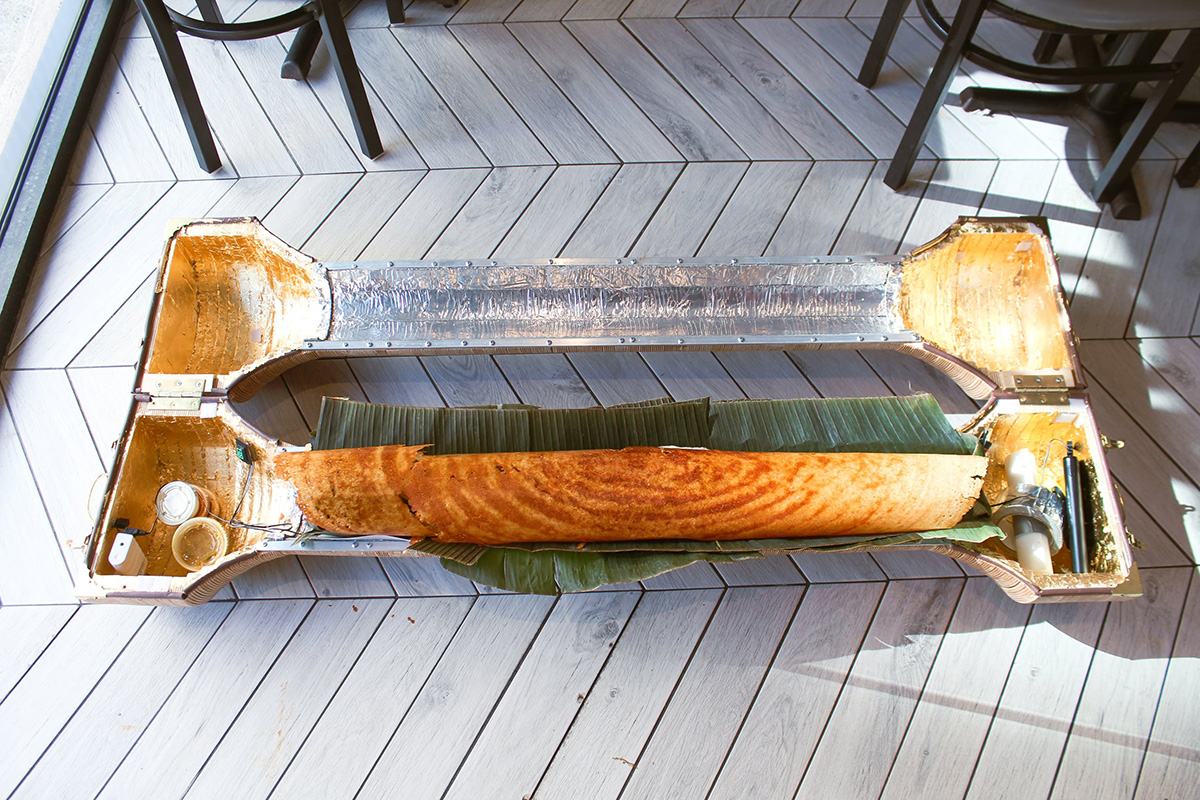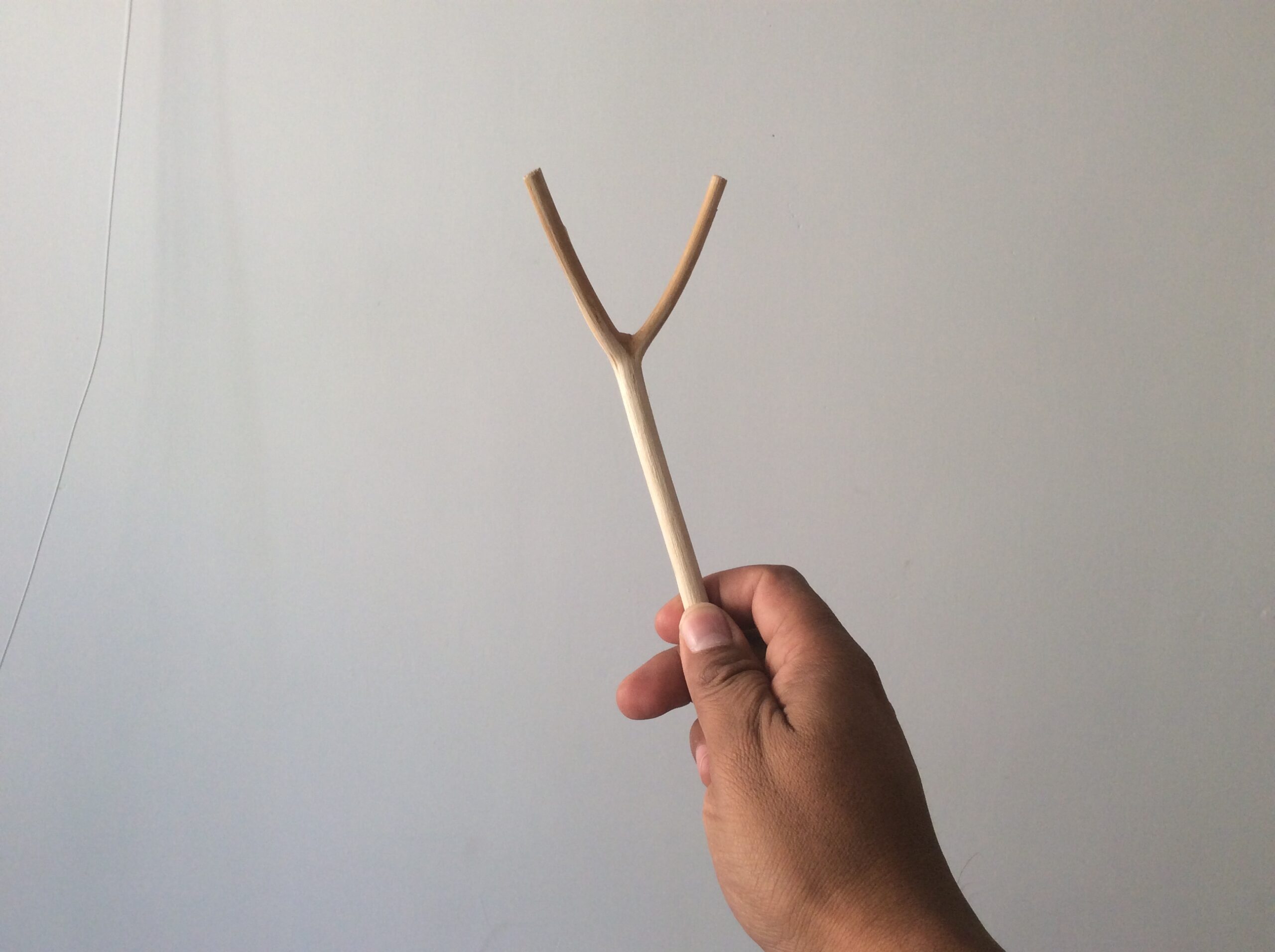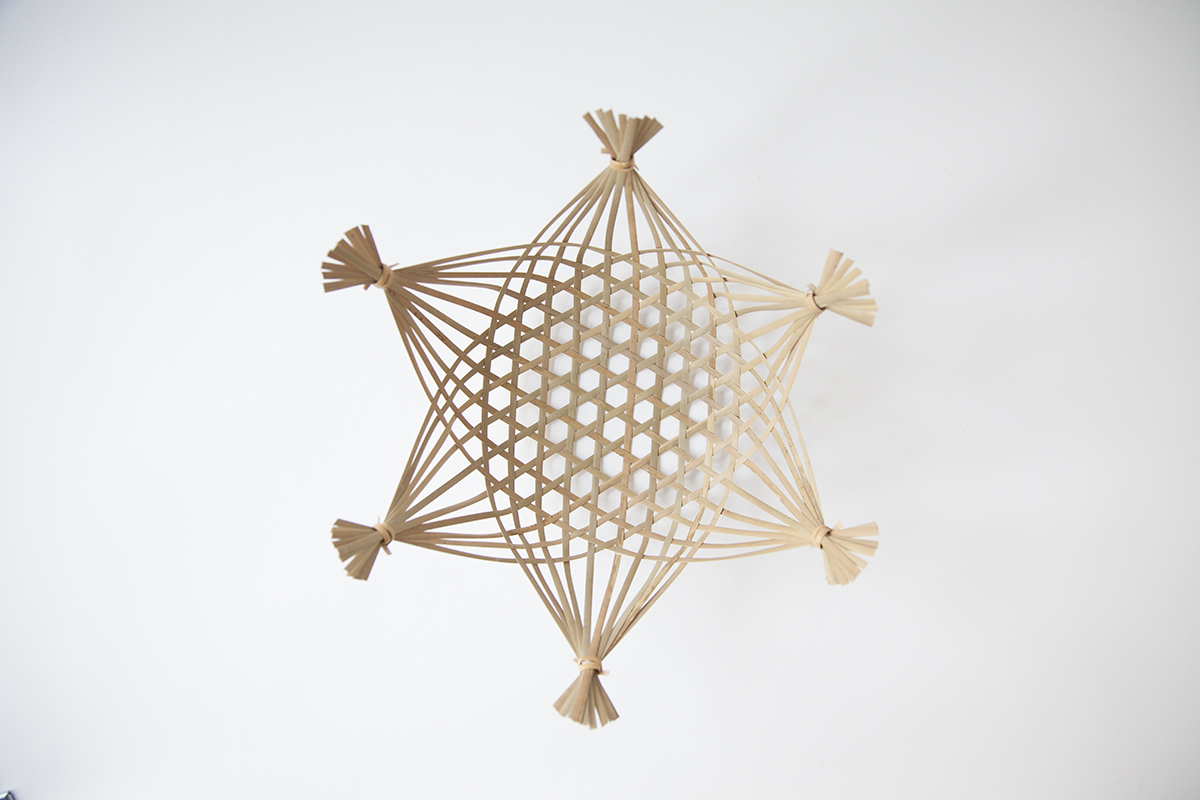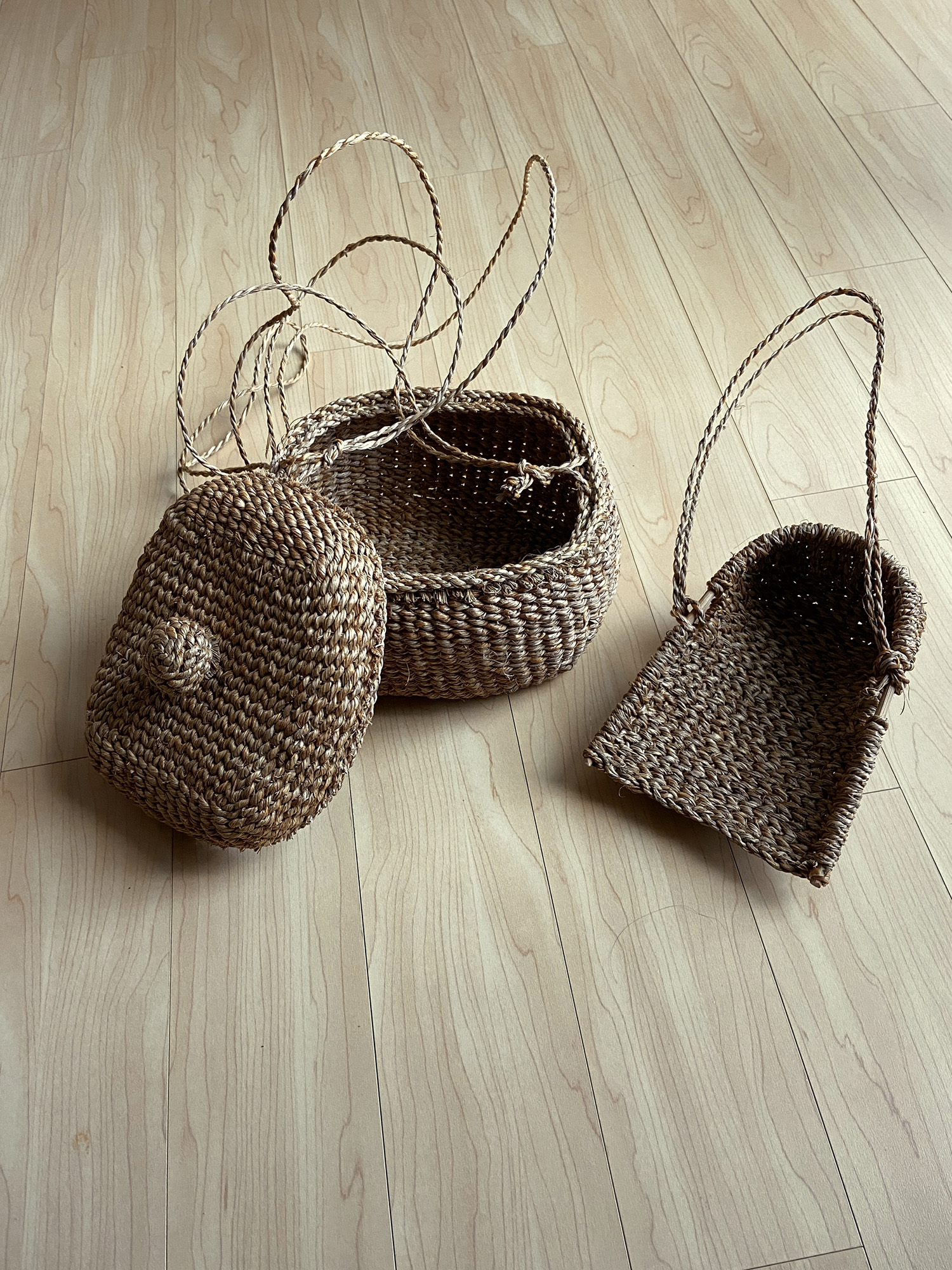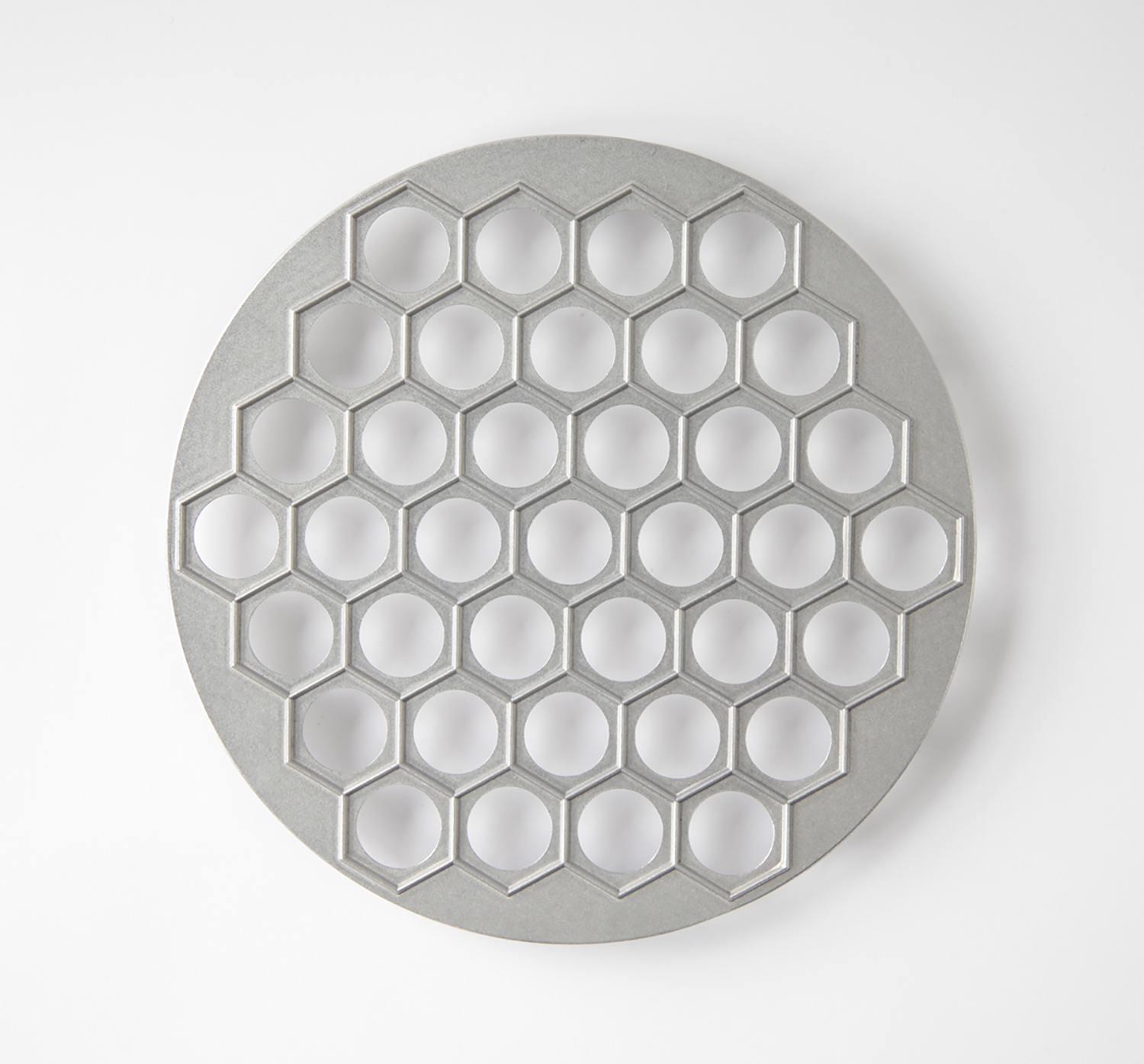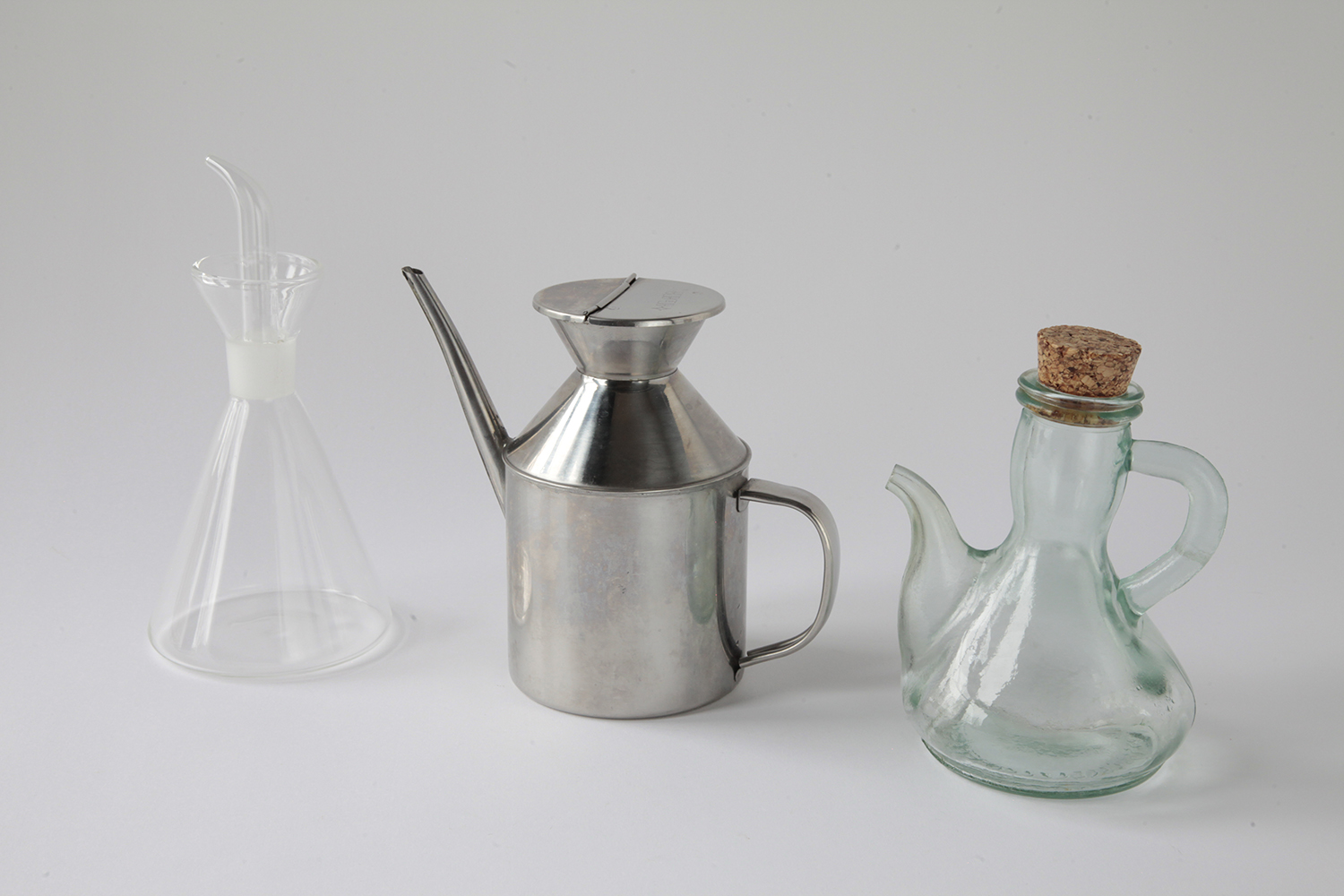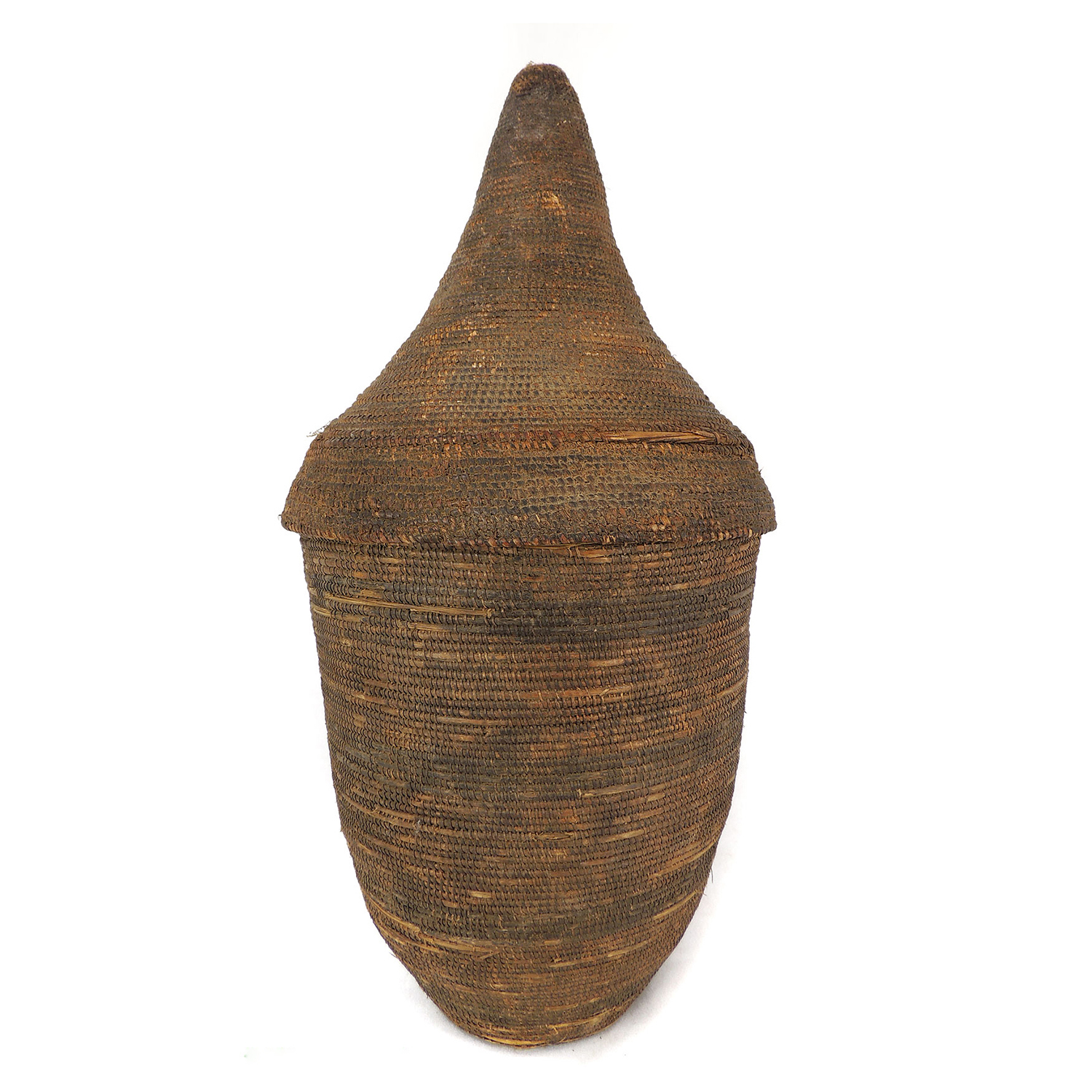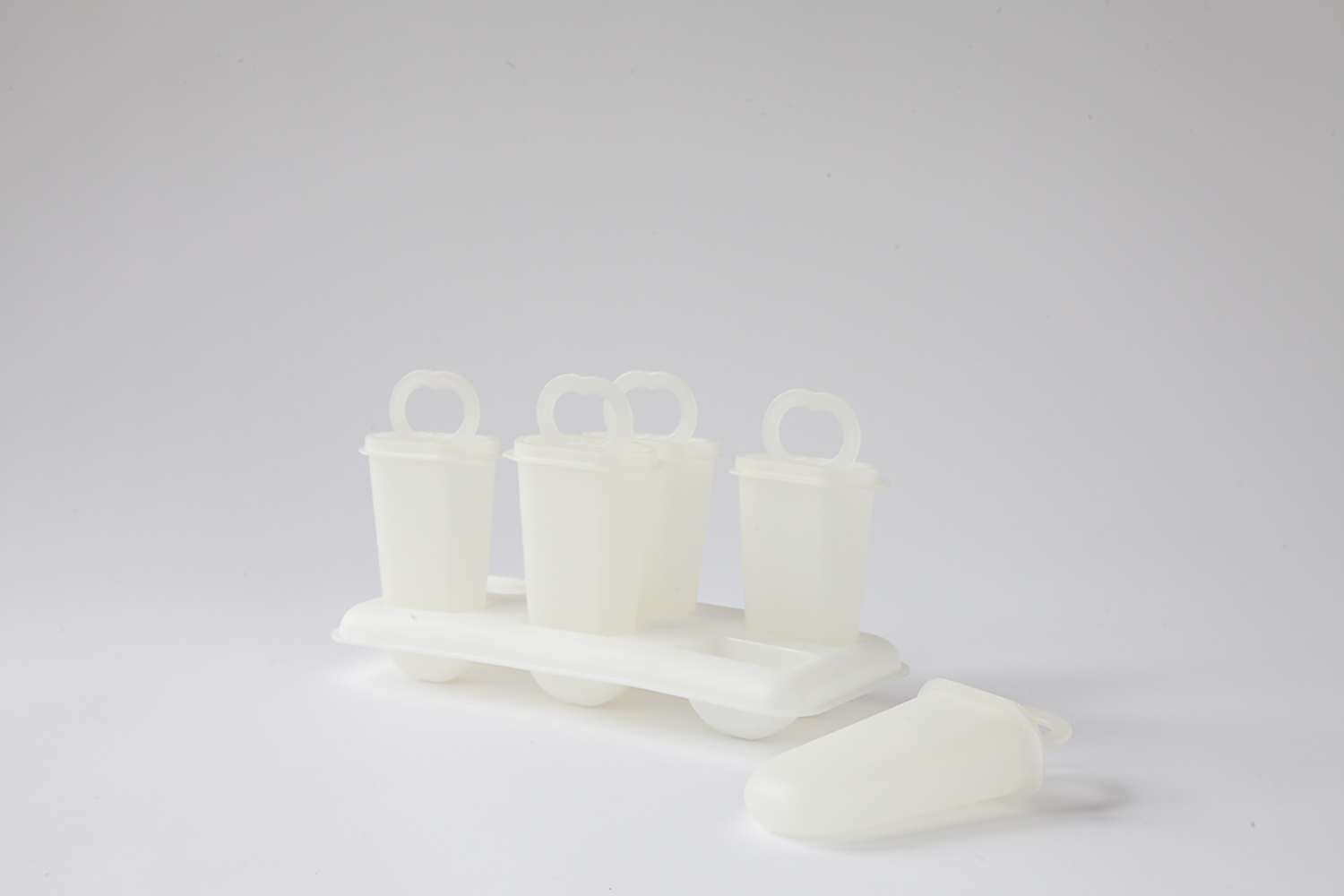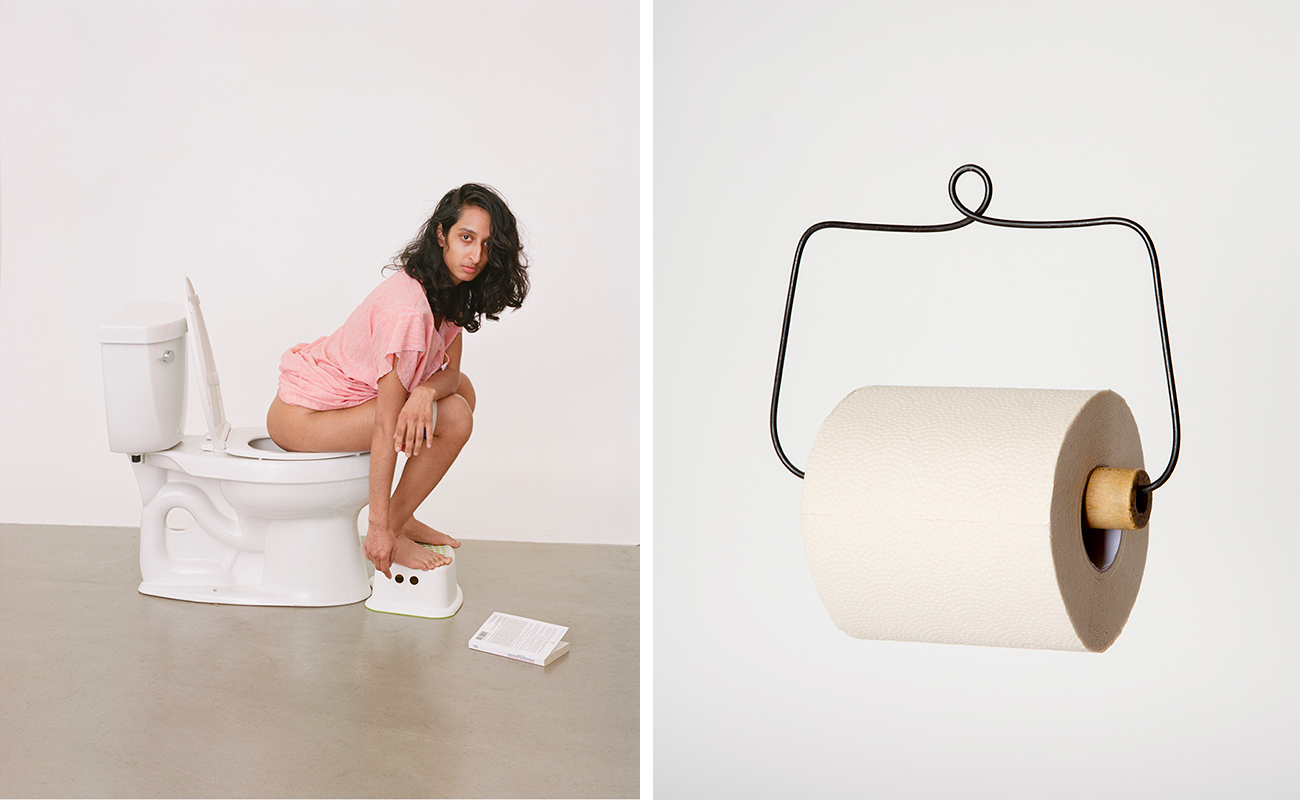The moka pot has become an iconic part of Italian coffee culture, serving as a distinct symbol of making coffee at home, and the Italian love of espresso. While the engineering of the moka is simple—steam pushes hot water through coffee grounds—the history of its design is complicated and nuanced. After Luigi Bezzera invented the first single-serve espresso machine in 1901, quickly popularizing the drink throughout Italy, engineer Alfonso Bialetti sought to develop a simpler, cheaper espresso machine that could be used at home.
Bialetti’s invention was dubbed the “moka,” named after the city of Mocha, a city in Yemen known as a center for buying and selling coffee up until the 19th century. Bialetti’s moka, officially named the Moka Express, was responsible for making at-home coffee brewing possible.
Beyond its cultural significance and importance in Italian coffee culture, the Moka Express has become ubiquitously known for its sleek, octagonal design. Since the early 20th century the Bialetti’s eight-sided design has been patented, making their mokas instantly recognizable, and solidifying its position as a historically important example of product design. Simply put, if you see a moka with more or less than eight sides, it’s not a Bialetti!
Although the Moka Express’ precise design is limited to Bialetti’s products, this hasn’t stopped other brands from producing their own mokas. Kitchenware companies like Cuisinox and De’Longhi—among dozens of others—have become strong competitors for the modern moka market. The development of differing moka designs has fostered a long standing debate—is the Bialetti the best moka pot? The Moka Express is definitively a design icon, having been featured in places like the Cooper Hewitt Smithsonian Design Museum. But does that mean its coffee is really better? Some purists claim that the eight-sided structure of the Bialetti helps perfectly disperse heat, and that the original Moka Express is the best moka pot you can buy. But the huge array of mokas available, and the nearly indiscernible differences between the coffee they each produce, means that the jury is still out.
 La Cupola’s smooth sides make it only barely reminiscent of the Moka Express.
La Cupola’s smooth sides make it only barely reminiscent of the Moka Express.
Known as a “factory of Italian design,” kitchen and homeware brand Alessi has been experimenting with different moka designs for decades. Some of these are a far departure from the geometric angles of the traditional moka, like Alessi’s La Cupola. Designed in 1988 by Aldo Rossi, La Cupola was intended to be a stove-top espresso maker that was easily accessible for everyone. It’s smooth, cylindrical design and dome-shaped top make it a sleek, contemporary alternative to the Moka Express.
 The Moka Alessi was designed by Alessandro Mendini as a reinterpretation of the traditional pot.
The Moka Alessi was designed by Alessandro Mendini as a reinterpretation of the traditional pot.
Alessi’s namesake moka pot-the Moka Alessi-was created by Italian architect and artist Alessandro Mendini. While Mendini sought to pay tribute to the classic moka design, he also wanted to produce a modern interpretation of its form. The result was a coffee pot that mimicked the vertical cone shape of the Bialetti, while incorporating horizontally descending curves.
 David Chipperfield’s redesign of the moka features eleven sides and a curved base.
David Chipperfield’s redesign of the moka features eleven sides and a curved base.
Adding his take on the history of the moka, British architect David Chipperfield recently redesigned the classic Moka Express. Presented by Italian design brand Alessi at this year’s Milan Design Week, Chipperfield’s pot leaves the classic characteristics of the moka intact, while incorporating eleven sides and a slightly curved base. Chipperfield’s new design is intended to retain the familiarity of the moka, while allowing more room for a spout, and modernizing its shape.
